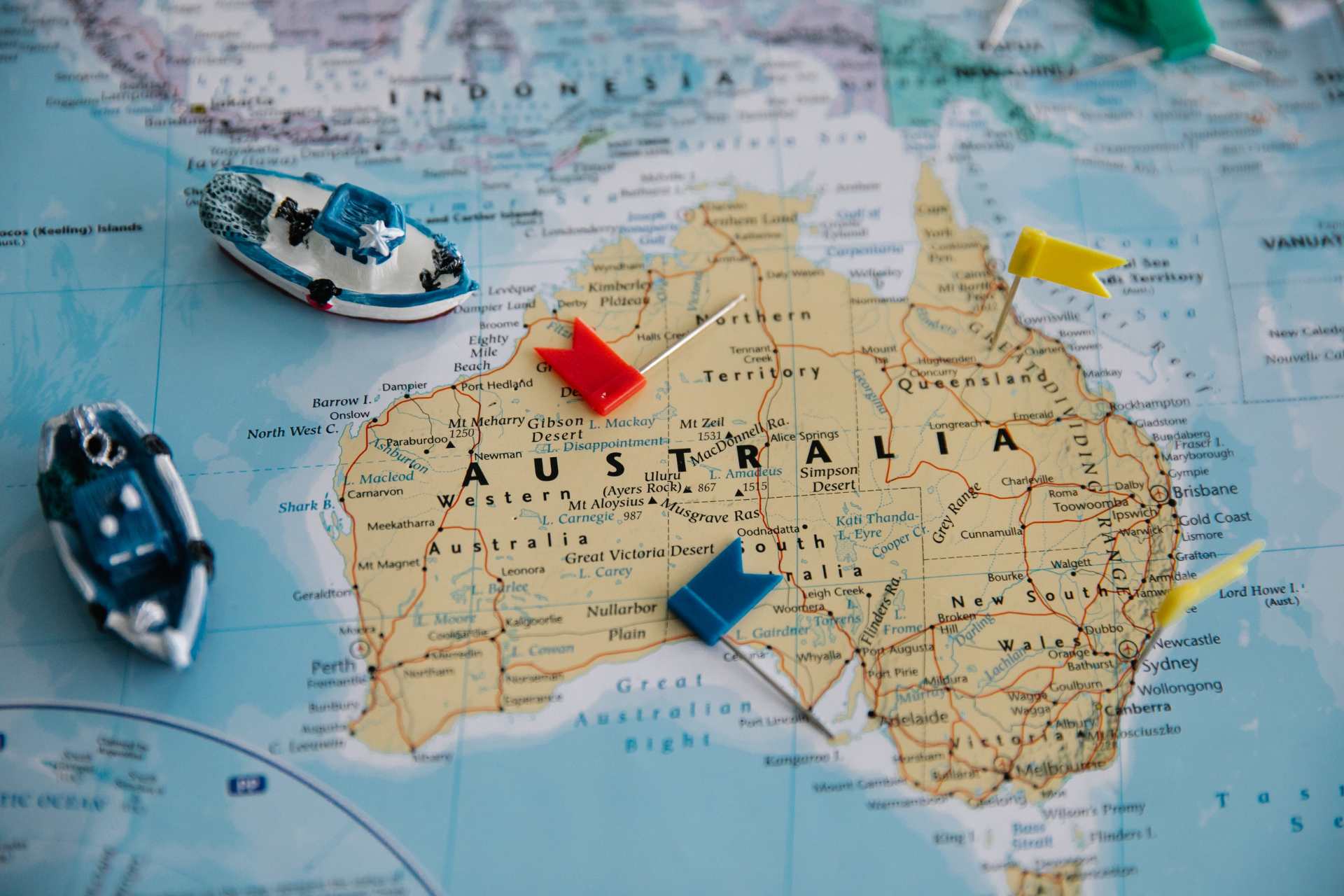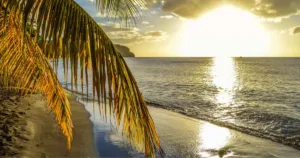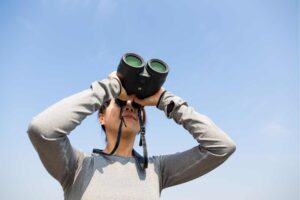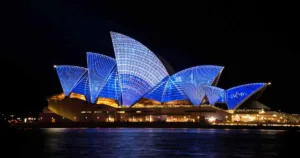Whale Watching in Australia: Your Ultimate Guide to Spotting Majestic Marine Life
Australia beckons as one of the premier destinations for whale watching. With its expansive coastline and diverse marine environments, it offers you the opportunity to encounter the awe-inspiring migration of these gentle giants. From the bustling humpback whales to the elusive southern right whales, Australia’s waters serve as a natural haven for various whale species pursuing their annual migratory routes.
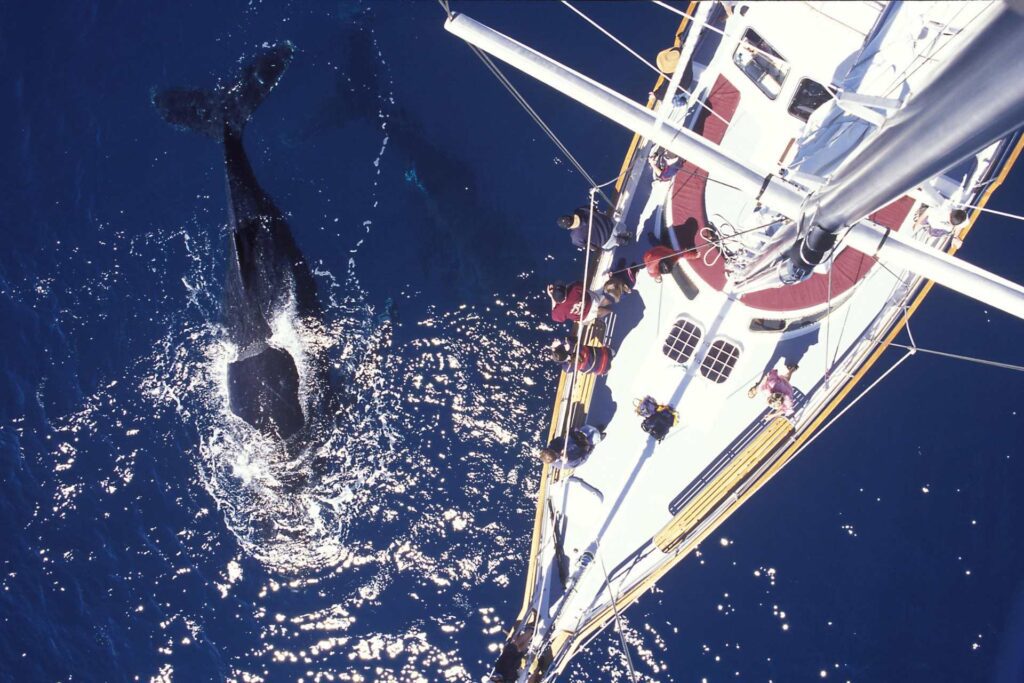

Best Whale watching Tours in Australia
The whale watching season in Australia varies by region and species, providing you with a broad window to plan your adventure. Typically running from May through November, your chances to witness these majestic mammals are abundant. Southern right whales journey to temperate breeding waters off South Australia and Victoria, while humpback whales travel north to the Great Barrier Reef and Kimberley.
Your experience will be shaped by the location and timing of your visit. Whether you prefer the intimacy of a small group tour or the thrill of spotting whales from coastal vantage points, Australia caters to all preferences. With sixty percent of the world’s whale species in Australian waters, each excursion offers the chance to marvel at these incredible creatures in their natural habitat.
Best Times for Whale Watching in Australia
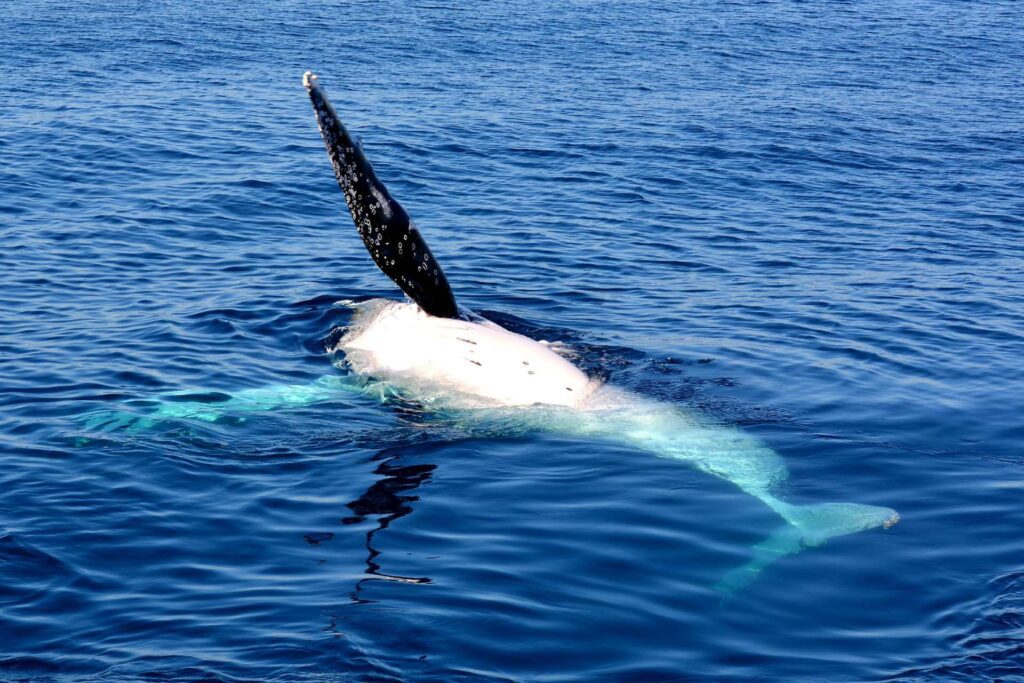

Whale watching in Australia offers you a unique opportunity to observe these majestic creatures as they migrate and exhibit natural behaviors in their habitat. To enhance your experience, consider timing your visit during these optimal periods:
- East Coast (May to November): Prime viewing for humpback whales occurs from May through July and from September to November as they travel along the coast.
- Sydney Region (May to November): Sightings of humpback whales near Sydney Peak during their migratory journey to and from Queensland.
| Area | Best Time to Visit |
|---|---|
| Sydney | May – November |
| Queensland | June – November |
| South Australia | June – October |
| Victoria | June – August |
| Western Australia (Southern Coast) | June – November |
These periods coincide with the whales’ migration patterns when they travel to warmer waters for breeding and to give birth. During their migrations, humpback whales are known to come close to shore, offering you a spectacular view. Southern right whales tend to visit the southern coasts of Australia, usually between June and October, often visible from vantage points on land or by boat.
For a tailored experience in Queensland, consider booking a tour that maximizes your whale-watching potential through expert guidance.
Remember that while these times are generally considered the best for whale watching, weather and other factors can influence whale behavior, so sightings are never guaranteed. It’s advisable to check local sightseeing reports or go with experienced tour operators to improve your chances of a memorable encounter.
Discover the Majestic Journey: Whale Migration Patterns along the Australian Coast
Australia is well-known for its stunning coastal routes and rich marine life, making it one of the world’s most significant spots for whale migration. These giant creatures undertake a monumental journey every year, and Australian waters play a pivotal role in their life cycle. Let’s dive into the fascinating world of whale migration along the Australian coast.
Humpbacks’ Epic Journey: From Antarctica to the Tropics
One of the most awe-inspiring sights in the natural world is the annual migration of humpback whales. These marine giants travel thousands of kilometers from the icy waters of Antarctica to the warm tropical seas to breed and give birth. Australia’s coast is a key leg on their journey, providing spectators with breathtaking encounters with these majestic animals.
Tracking Movements: The Role of Research in Understanding Migration
Scientific research is crucial in shedding light on the mysterious migration habits of whales. Through tagging and tracking, researchers can gather data on the routes taken by these cetaceans. This information not only satisfies human curiosity but also aids in the protection of whales by informing conservation strategies and helping to reduce human-induced risks.
Interactive Maps and Resources for Enthusiasts
For those who are passionate about following the whales’ journey, there are interactive maps and resources available. These tools allow enthusiasts to track the progress of whale pods, predict their arrival on the Australian coasts, and open up opportunities for witnessing these gentle giants in their natural habitat.
- Whale Watching Maps: Pinpoint the best times and places to observe whales as they pass.
- Migration Calendars: Keep informed about the peaks of migration season.
- Research Publications: Delve deeper into the scientific insights gained from whale tracking.
Top Whale-Watching Destinations in Australia
Australia boasts some of the world’s premier locations for whale watching, offering you the opportunity to witness these majestic creatures in their natural habitat. From the warm waters of Queensland to the rich feeding grounds off Western Australia, here’s where you can enjoy the best whale-watching experiences.
Hervey Bay
Hervey Bay in Queensland is renowned as one of the best places for watching humpback whales. Between July and November, these whales stop in the warm waters here to rest, socialize, and teach their young, providing you with spectacular viewing opportunities.
Byron Bay
Byron Bay in New South Wales is another hotspot for whale watchers. From May to November, witness humpback whales on their migration. The iconic Cape Byron Lighthouse offers land-based viewing, or you can opt for a boat-based tour for a closer look.
Port Stephens
Head to Port Stephens for some of the most unforgettable whale encounters. Boasting plenty of vantage points, including Tomaree Head, you’ll likely see humpback whales from May to November as they migrate along the coast.
Ningaloo Reef
Ningaloo Reef in Western Australia is unique as it allows you to observe humpback whales in close proximity as they migrate between June and November. Additionally, Ningaloo is one of the few places where you can swim with the gentle giants in their natural environment, offering an experience unlike any other.
Unforgettable Whale Watching Tours and Charters in Australia
Embark on a breathtaking journey into the ocean’s depths with Australia’s premier whale watching tours and charters. Whether you’re an avid marine enthusiast or seeking an awe-inspiring adventure, discovering the right tour can elevate your experience to extraordinary heights.
Tips for Selecting the Best Tours and Charters
Navigating the myriad of options for whale-watching tours and charters can be as vast as the sea itself. To ensure an unparalleled waterside adventure, consider the following:
- The size and type of vessel can influence the intimacy and steadiness of your experience.
- Research the company’s success rate and customer reviews to gauge the likelihood of sightings and overall satisfaction.
- Look for operators with knowledgeable guides who share insightful commentary on whale behavior and conservation efforts.
- Ensure the tours follow responsible whale-watching guidelines, prioritizing the well-being of marine life.
Types of Tours: From Luxury to Eco-Friendly
Dive into the range of tours that cater to every preference, from the lap of luxury aboard a posh yacht to the earthy connectivity of an eco-friendly expedition. Selecting the right type of tour can significantly impact your marine journey:
- Luxury Charters: Offer comfort and exclusivity with gourmet meals and superior on-board amenities.
- Group Tours: Affordable and social, providing a chance to share the experience with others.
- Private Charters: Ideal for a personalized adventure tailored to your interests and schedule.
- Eco Tours: Focus on sustainability and education, often contributing to research and conservation initiatives.
What to Expect on a Charter: A Peek into the Experience
Anticipation mounts as you set sail, the salt air tingling your senses. A typical charter journey may include:
- An introduction to the day’s itinerary and safety briefing from the crew.
- Hours of cruising prime whale habitats, with chances to witness these majestic creatures breach and play.
- Informative commentary about the whales’ habits, biology, and conservation statuses.
- Potential on-board amenities or activities, depending on your chosen tour type.
Reviews and Recommendations: Making Informed Choices
With a sea of testimonials at your fingertips, making informed decisions is easier than ever. Look for consistently high-rated experiences and reviews that mention:
- Excellent customer service and experienced, engaging tour guides.
- Significant whale encounters and overall wildlife diversity.
- Value for money and transparency regarding costs and inclusions.
- Commitment to ecological principles and responsible tourism.
Prioritizing these elements will guide you to a whale watching tour or charter that not only respects these gentle giants but also provides you with an encounter you’ll treasure for a lifetime.
Types of Whales You Can Spot
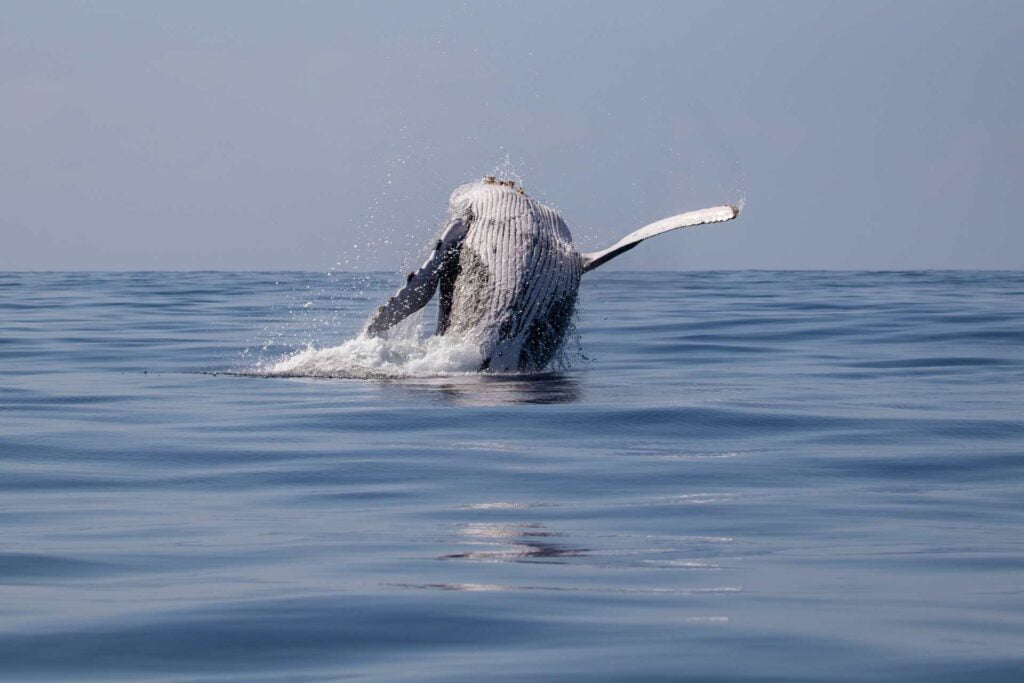

Australia offers a rich tapestry of marine life, home to a variety of whale species during their annual migrations. Here, you’ll become a witness to their majestic presence.
Humpback Whales
Humpback whales are renowned for their acrobatics and can be observed along the east and west coasts. From May to November, your chances peak as they migrate from Antarctica to warmer waters. These migrations bring them close to shore, especially along the Great Barrier Reef, making them a common and spectacular sight.
Southern Right Whales
Southern Right whales make their journey to the southern coasts of Australia during the winter months. They tend to favor the temperate breeding waters of South Australia and Victoria from June to August before many continue on to western regions. These whales are known for their distinctive callosities and are often seen with calves during the breeding season.
Dwarf Minke Whales
Encounters with Dwarf Minke whales are especially unique as they are known to approach and interact with humans. Their presence is most notable in the Great Barrier Reef during the winter months. This smaller species offers a rare opportunity for close observation, often resulting in unforgettable experiences.
Each of these species has its own patterns and characteristics, making whale watching in Australia an unmissable and varied experience every time.
Whale Watching Tours
Exploring the ocean’s wonders and observing the majestic beauty of whales is an unforgettable experience. Australia offers diverse whale-watching tours that cater to various preferences and provides unique vantage points.
Guided Boat Tours
Embark on a guided boat tour to get up close to these gentle giants. Operators like Hervey Bay Whale Watch offer tours that guarantee sightings, with knowledgeable guides to provide insight into whale behavior.
Land-Based Whale Watching
For those who prefer to stay on solid ground, land-based whale watching spots provide a comfortable alternative. Coastal vantage points, such as headlands or viewing platforms, are excellent locations to witness the migration without setting foot on a boat.
Whale Watching by Air
To truly appreciate the scale and grace of whales, consider an aerial view with a whale watching by air experience. This unique perspective allows you to witness pods of whales navigating through the water and offers breathtaking panorama views of the coastline.
Whale Watching Tips
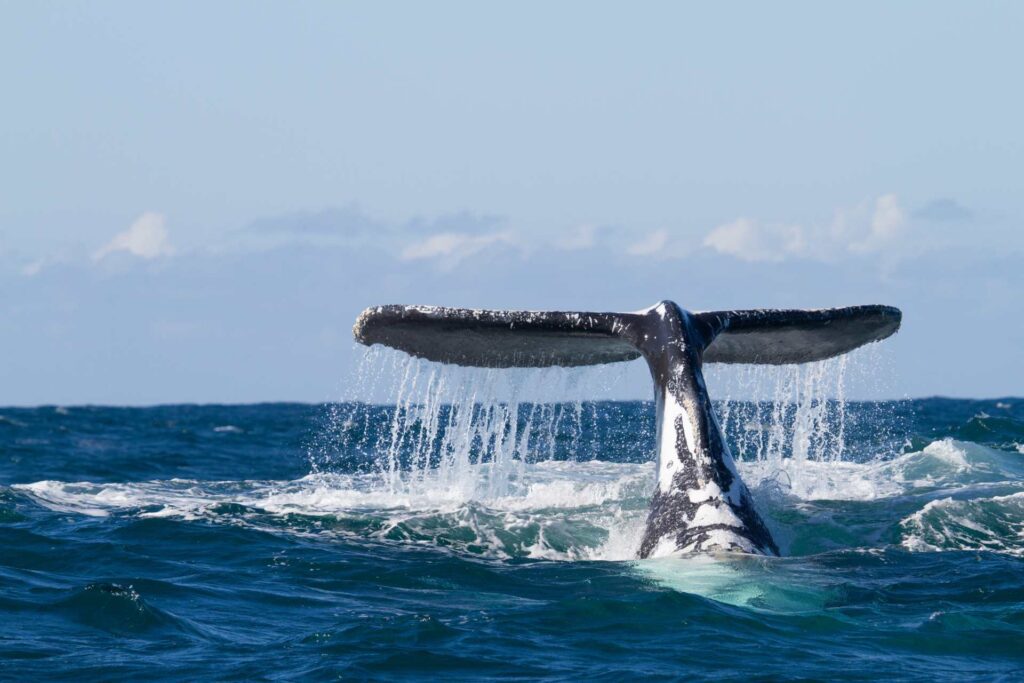

Embarking on a whale-watching journey in Australia combines excitement with the tranquility of the open sea. Here are essential tips to enhance your experience.
What to Bring
- Clothing: Layer your attire; conditions at sea fluctuate. A windbreaker can shield you from ocean breezes.
- Sun Protection: Don’t underestimate the sun. Apply sunscreen regularly, wear a broad-brimmed hat, and use UV-blocking sunglasses.
- Motion Sickness Remedies: Sea travel can induce sickness. Carry motion sickness medication if susceptible.
- Binoculars: For a closer look, binoculars are invaluable.
- Camera: Gear up with high zoom levels to capture distant breaches.
- Snacks and Water: Stay hydrated and energized. Pack light refreshments.
Best Practices for Whale Encounters
- Silence and Stillness: Remain quiet and still; sudden movements or noises can distress whales.
- Respect Distances: Never approach too close to a whale. Guidelines suggest staying at least 100 meters away.
- Listen to the Crew: Heed instructions from your guide or captain. They are trained to ensure a safe and respectful watching experience.
- No Littering: Preserve marine habitats by not throwing anything overboard.
Whale Watching Rules and Regulations
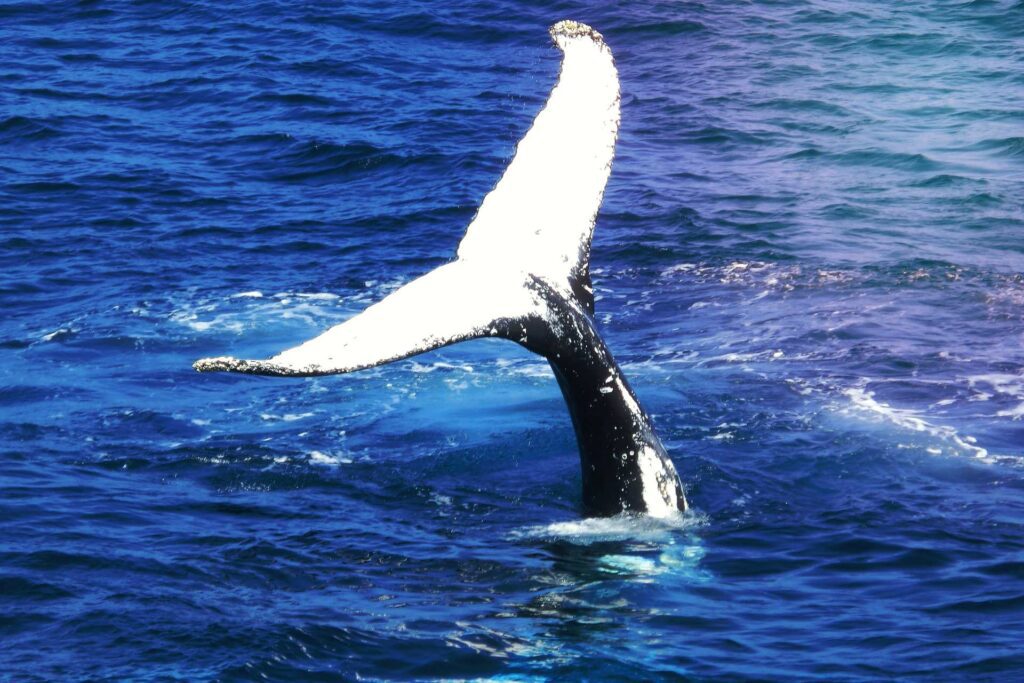

When participating in whale watching activities in Australia, it is paramount to adhere to the Australian National Guidelines for Whale and Dolphin Watching 2017 to protect these magnificent creatures and ensure a sustainable experience.
Maintain Distance:
- Vessels should not approach closer than 100m to a whale and 50m to a dolphin.
Caution Around Calves:
- Extra care is required near whale calves – maintain a distance of 300m.
No Touching or Feeding:
- Feeding or touching whales or dolphins is strictly prohibited.
Avoid Disturbance:
- Move cautiously and minimize noise to avoid disturbing the animals.
In a vessel?
- Do not cut across the path of a whale or dolphin or encircle them.
- Do not cause a whale to alter its direction or speed.
Should you be lucky enough to encounter dolphins or whales, remember these experiences are privileged and your behavior must respect their well-being. For further insights on the regulations in place, consult the Watching whales and dolphins safely – DAFF document. Remember, these rules help preserve the natural behaviors and habitat of these creatures, ensuring they continue to thrive for future generations to enjoy.
Responsible Whale Watching
When you embark on whale watching in Australia, it’s crucial to approach this activity with a deep respect for marine life and the environment. Responsible whale watching is not just a best practice but also a commitment to the sustainability and welfare of these magnificent creatures.
- Check for Accreditation: Always choose operators that are accredited and adhere to local wildlife viewing guidelines. This ensures that the tours operate under regulations designed to protect whales and their habitats.
- Maintain a Safe Distance: Keep your distance to minimize stress on the whales. Regulations typically require staying at least 100 meters away from any whale.
- Approach with Caution: If your tour finds whales, approach them cautiously and slowly, avoiding sudden movements that may startle the animals.
- Limit Interaction Time: Limit your interaction time to a specific duration to prevent excessive disruption to the whales’ natural behaviors.
- No Feeding or Touching: Feeding or attempting to touch whales is a big no. It can alter their diet and behavior, making them dependent or less cautious about human interaction, which can be dangerous for both them and humans.
- Dispose of Waste Properly: Take all of your waste with you. Littering in the ocean can cause harm to marine life, including the whales you are there to admire.
- Spread Awareness: Share your knowledge about responsible whale-watching practices with others. Educating more people helps cultivate a community mindful of marine conservation.
By engaging in responsible whale watching, you become an active participant in the conservation of these majestic animals and their environment. Your actions allow for a more ethical and sustainable approach to observing Australia’s marine giants.
Photographing Whales: Tips and Techniques
When embarking on a whale-watching journey, capturing the perfect shot requires both preparation and an understanding of your subject. Start by equipping yourself with the right gear: a digital single-lens reflex (DSLR) or mirrorless camera partnered with a telephoto lens is recommended. These cameras offer manual settings and interchangeable lenses for versatility in various lighting and distance scenarios.
Camera Settings: Set your camera to a fast shutter speed, ideally around 1/1500th to 1/2000th of a second, to freeze the action of any whale behavior like breaching or fin slapping. Aperture and ISO settings will vary depending on the lighting, but aim for a balance that allows for the fastest possible shutter speed without sacrificing image quality.
Planning Your Shot:
- Check the weather and light conditions; early morning or late afternoon offers softer light.
- Prioritize safety and follow guidelines to keep a respectful distance from the whales.
Positioning and Timing:
- Position yourself according to the direction of the light to avoid backlit photos.
- Be patient and watch for cues of whale activity for dynamic shots.
Finally, remember to enjoy the experience beyond the lens. While photographing whales, the challenge is part of the adventure, and every encounter is a privilege. With these tips, you’re ready to capture the majesty of these gentle giants with confidence and respect.
Conservation and Research Efforts in Australia
Australia’s commitment to whale and dolphin conservation is evident through a variety of initiatives that not only protect these species but also support essential research. When you explore the efforts undertaken, you’ll come across organizations and guidelines dedicated to the sustainable observation and interaction with cetaceans.
- Research and Science Programs: Dedicated efforts, such as those highlighted by the Whale and Dolphin Science and Research, position Australia as a frontrunner in cetacean research. Projects focus on detailed studies of whale and dolphin species and their roles within the marine ecosystem.
- Climate Change Studies: With the long-term data collected by organizations like the Pacific Whale Foundation, you’ll see how the effects of climate change are being monitored. These studies aim to understand the impacts on humpback whale migration and population dynamics in Australian waters.
- Watching Guidelines: To ensure your whale-watching activities are responsible, refer to the Australian National Guidelines for Whale and Dolphin Watching 2017. These guidelines help you and others observe and interact with cetaceans without causing harm or disturbance.
Your awareness and adherence to these conservation and research-based frameworks, including the protection of distinct species found in Australian waters, make a significant difference in the future of these marine creatures and their environment.
Cultural Significance of Whales in Australia
In Australia, whales are not just marveled at for their majesty in the water; they hold deep cultural significance for Indigenous communities. Your connection to this ancient practice can be enriched by understanding its roots.
Indigenous Australians have a longstanding relationship with whales, entwined in their spiritual and ecological narratives. For these communities, whales are often seen as sacred beings, and their appearances are associated with messages and seasonal changes. This connection is celebrated through stories, dances, and songs, evidencing the intimate bond between the sea, its creatures, and the people.
- Spiritual Connection: Whales embody ancestral spirits and guide cultural practices.
- Cultural Narratives: Symbolize creation and natural cycles within Indigenous lore.
- Environmental Indicators: Migratory patterns indicate changes and health of marine environments.
Whale watching integrates with this heritage by allowing you to witness these magnificent creatures, fostering a deeper appreciation for Australia’s rich Indigenous cultures. By participating in respectful and non-intrusive whale watching, you contribute to the conservation efforts and the continuity of these traditional practices.
For an immersive experience, you might participate in a tour that highlights the Intersection of Indigenous Culture and Whale Watching, allowing you to understand the whales’ significance beyond just a tourist activity. Remember that embracing the cultural aspects of whale watching is not only about seeing whales but honoring their place in Australia’s Indigenous history.

